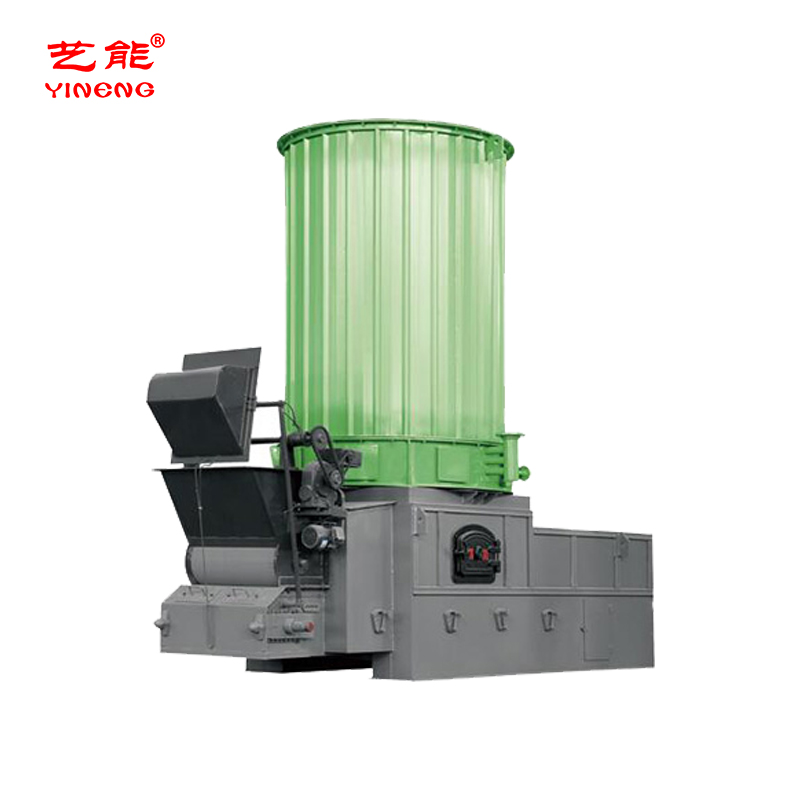Electric Steam Boiler Manufacturers | Efficient & Reliable
What buyers really ask about electric steam boiler manufacturers (and what they should)
Markets move in cycles, but electrification is not one of those fleeting things—it’s a structural shift. Food processors, pharma plants, even small breweries keep telling me they want clean, fast steam with minimal downtime and fewer permits. And yes, they’re pressing electric steam boiler manufacturers for tighter controls, safer pressure vessels, and better lifecycle costs. At the same time, many factories still run thermal oil systems for high, stable process heat. That’s why I’m looking at a hybrid landscape today: electric steam for agility; thermal oil for steady high temperatures.
A quick aside from the floor: in Wuqiao, Hebei, China, the fabrication shops have become surprisingly sophisticated—argon-shielded welding, full X-ray inspection, hydrostatic tests—you see it now as standard practice rather than premium.

Product spotlight: Vertical YLL Coal-Fired Chain Grate Thermal Oil Boiler
This model (origin: Wuqiao, Hebei) is not an electric steam unit—it’s a thermal oil heater designed for stable, high-temperature service. Still, it’s instructive: the coil pack is fully fused via argon-shielded welding and verified by X-ray; the water (pressure) test is certified as qualified. In practice, plants pair systems like this with electric steam packages for ancillary loads, which I guess is why procurement teams keep both categories on the same spreadsheet.
| Model | Vertical YLL coal fired chain grate thermal oil boiler |
| Thermal capacity | ≈ 0.35–7 MW (real-world use may vary) |
| Design temp | Up to around 320–350°C (with suitable heat-transfer oil) |
| Testing | Argon-shielded welds, 100% X-ray where specified; hydrotest ≈1.5× design pressure per ASME/PED guidelines |
| Efficiency | ≈ 80–86% with proper insulation and grate tuning |
| Service life | 15–20 years with routine inspection and oil analysis |
Industries using thermal oil today: textiles (dyeing), building materials, chemical batching, wood-based panels, asphalt/heavy oil heating. For steam: breweries, food sterilization, clean-room humidification, pharmaceuticals, lab autoclaves. Many customers say they like the “instant” feel of electric steam during shift changes; it seems that’s here to stay.

How reputable makers build and validate
- Materials: pressure parts in Q245R/SA-516 Gr.70; coils in seamless carbon steel; elements (for electric) in Incoloy 800/840.
- Methods: GTAW/SMAW with argon shielding; PWHT where required; shot-blast SA 2.5; epoxy/PU topcoat.
- Testing standards: RT/UT per ASME V; hydrotest per ASME I/IV or PED; electrical per UL 834/IEC norms.
- Controls: PLC with PID; SCR power control; safety per EN 12953/ASME with dual pressure limits and low-water cutout.
Who’s who: a practical vendor snapshot
| Vendor | Electric steam range | Certifications | Customization | Lead time |
|---|---|---|---|---|
| Yongxing (YNBOILERS) | ≈ 18–600 kW | ISO 9001, CE/PED; ASME/Stamp availability varies | Voltage, SCR, PLC/SCADA, skid packages | ≈ 20–40 days |
| Fulton | ≈ 60–900 kW | ASME, UL (regionally), CE | Packaged systems, advanced HMI | ≈ 6–10 weeks |
| Chromalox/Vapor Power | ≈ 24 kW–10+ MW | ASME, UL, CSA, CE | High turndown, low TDS options | ≈ 8–14 weeks |
Notes from the field: buyers of electric steam boiler manufacturers consistently ask for lower element watt density (≈7–10 W/cm²) to extend element life, and for conductivity control to keep TDS in check. Keep an eye on spares and after-sales—honestly, it’s where projects either shine or stumble.
Customization checklist
- Electrical: 380–690V, 50/60 Hz; SCR vs. step control; NEMA/IP enclosures.
- Controls: Modbus/TCP, Profibus, data logging, remote alarms.
- Water quality: integrated RO/softener; automatic blowdown for steam skids.
- Compliance packages: ASME I/IV, PED 2014/68/EU, UL 834 labeling where applicable.
Mini case notes
Textile dyeing, Southeast Asia: A 3 MW thermal oil unit handled the dye ranges, while a 300 kW electric steam boiler provided CIP steam. Reported reduction in startup losses ≈12% because electric steam only fired when needed.
Craft brewery, EU: Switched from small gas to 180 kW electric steam. With SCR control and good TDS management, element life hit 4+ years; operators loved the silence—surprisingly impactful for tours.
Bottom line: whether you’re shortlisting electric steam boiler manufacturers or thermal oil specialists, insist on clear NDT records, hydrotest certificates, and a spare-parts matrix. Pay for good controls once; it pays you back daily.
Authoritative citations
-
High-Efficiency Horizontal YQW Gas Oil Fired Thermal Oil Boiler-Hebei Yineng Boiler|Energy Efficiency,Advanced CombustionNewsNov.21,2025
-
High-Efficiency Horizontal YQW Gas Oil Fired Thermal Oil Boiler-Hebei Yineng Boiler|Energy Efficiency,Advanced CombustionNewsNov.21,2025
-
Electric Steam Boiler Manufacturers | High-Output & SafeNewsNov.14,2025
-
OEM Steam Boiler Solutions | High-Efficiency, Custom-BuiltNewsNov.13,2025
-
Thermal Oil Boiler | High Efficiency, Low Pressure, OEMNewsNov.12,2025
-
Hebei Yineng Boiler Co., Ltd. Showcases Cutting-Edge Boiler Solutions at Indonesia International Boiler Exhibition 2025NewsNov.11,2025

